Buying Guide for the Best Ski Bindings
Choosing the right ski bindings is crucial for both safety and performance on the slopes. Ski bindings are the devices that connect your ski boots to your skis, and they play a significant role in how you control your skis and how safely you can release from them in case of a fall. When selecting ski bindings, it's important to consider several key specifications to ensure they match your skiing style, skill level, and physical characteristics. Understanding these specs will help you make an informed decision and enhance your skiing experience.DIN RangeThe DIN range is a measure of the force required to release your ski boot from the binding. This is important because it determines how easily your boots will release in the event of a fall, which can prevent injuries. The DIN range is typically segmented into low (0.5-4.5), medium (4-12), and high (12+). Beginners and lighter skiers should opt for a lower DIN range to ensure easy release, while advanced skiers and heavier individuals may need a higher DIN range for better retention during aggressive skiing.
Brake WidthBrake width refers to the width of the ski brake, which is the part of the binding that prevents your skis from sliding away when they are not attached to your boots. This is important for safety and convenience. The brake width should match the width of your skis at their widest point. If the brake is too narrow, it won't deploy properly; if it's too wide, it may drag in the snow. Measure your ski's waist width and choose a brake width that is slightly wider to ensure proper functionality.
Binding TypeThere are different types of ski bindings, including alpine, touring, and hybrid bindings. Alpine bindings are designed for downhill skiing and offer strong retention and release mechanisms. Touring bindings are lighter and allow for a free heel, making them suitable for backcountry skiing. Hybrid bindings offer a mix of both, providing versatility for skiers who enjoy both resort and backcountry skiing. Choose the binding type based on your skiing style and the terrain you plan to ski on most frequently.
WeightThe weight of the ski bindings can affect your overall skiing experience, especially if you are into backcountry or touring skiing where you need to carry your equipment uphill. Lighter bindings are easier to carry and can reduce fatigue, but they may not offer the same level of durability and performance as heavier bindings. Consider your skiing style and physical condition when choosing the weight of your bindings. For resort skiing, weight is less of a concern, but for touring, lighter bindings are preferable.
AdjustabilityAdjustability refers to how easily you can adjust the bindings to fit different boot sizes and skiing conditions. This is important for versatility and convenience, especially if you share your skis with others or if your boots change. Look for bindings with a wide range of adjustability to accommodate different boot sizes and to fine-tune the release settings based on the type of skiing you are doing. Adjustable bindings can provide a more customized fit and improve your overall skiing experience.
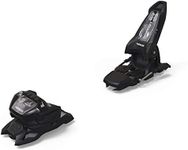
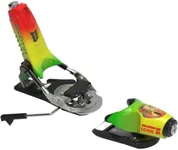
![Tyrolia Attack 14 GW BR.95[A] rd (1](https://images-proxy.bestreviews.guide/_Vz8hT55AxYUmCVCX9__AY32lu8=/0x150/https://m.media-amazon.com/images/I/31mSxognrKL._AC_CX679_.jpg)

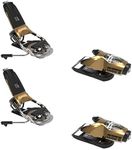
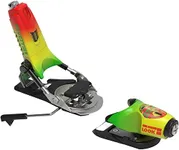
![Tyrolia Attack 14 GW BR.85[A] s.bk](https://images-proxy.bestreviews.guide/oZHiaObPCvklq5AD97gh15yTpFo=/0x150/https://m.media-amazon.com/images/I/31EZZu8tvrL._AC_CX679_.jpg)



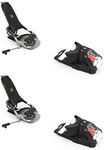
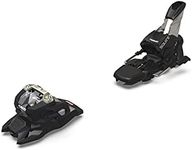

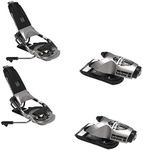
![Tyrolia Attack 11 GW BR.95[A] s.bk (114449)](https://images-proxy.bestreviews.guide/LD_1bQFC3qI3qFmBwEnAZzXdtzs=/0x150/https://m.media-amazon.com/images/I/31ik7raPjrL._AC_CX679_.jpg)




